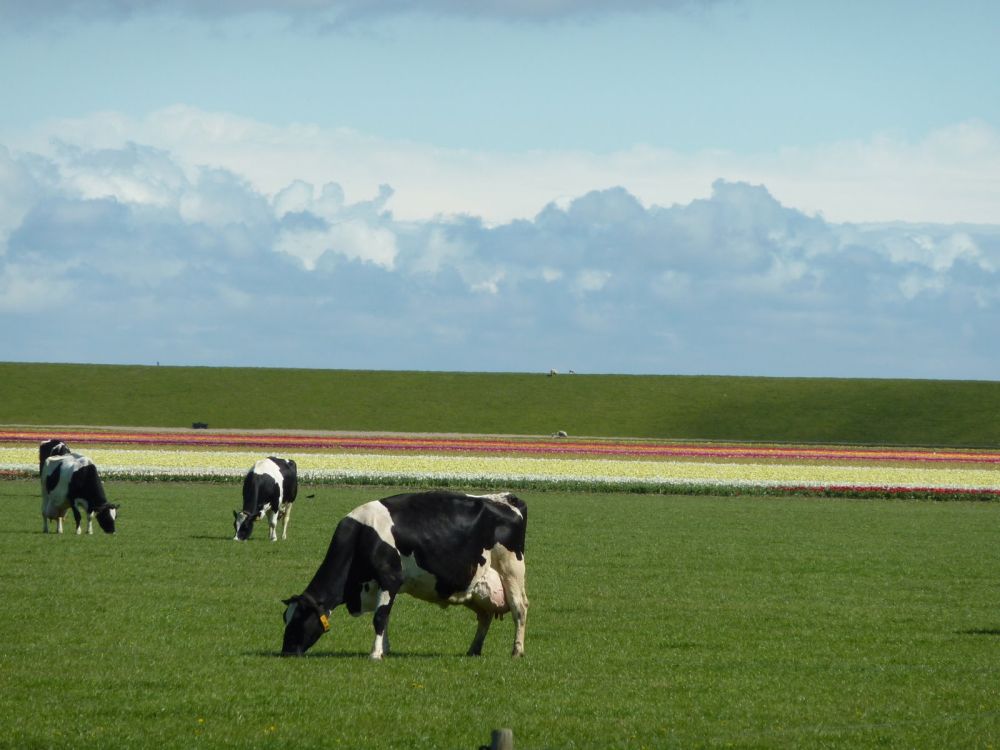
The Netherlands has more than doubled the number of dairy cows to be culled from the national herd during the first phase of its plan to reduce phosphate emissions.
The initial instalment of the “Farmers’ Stoppers” section of the plan has been oversubscribed with farmers looking to leave the dairy industry.
As a result, the government intends to accept all eligible applications for this first phase and cancel the second instalment of the scheme.
The overall number of cows expected to be removed under the scheme is likely to be unchanged, at around 90,000, but the bulk of the cull could come earlier than expected.
This will depend how quickly applications are processed, given that numbers have greatly exceeded the initial limit, and how many successfully meet the eligibility requirements.
Applications have totalled 38,000 cows, whereas initially around 15,000 were expected to be removed in the first phase. If all applications are accepted, this equates to around a 2% reduction in the Netherlands’ milk production, based on average yields.
At EU level, the impact is much less significant, giving a 0.2% reduction in EU-28 milk production. The effect could be even less, given that farmers will have the option to slaughter or export cows, so some may be retained in the EU-28 herd.
A three-pronged approach has been proposed to the Dutch government to reduce phosphates from 2017. At present, the Dutch phosphate limit is 172.9 million kg, which has been exceeded for the past three years.
The Nitrates Directive has been in place since 1991. It aims to protect water quality from pollution by agricultural sources and to promote the use of good farming practice.
